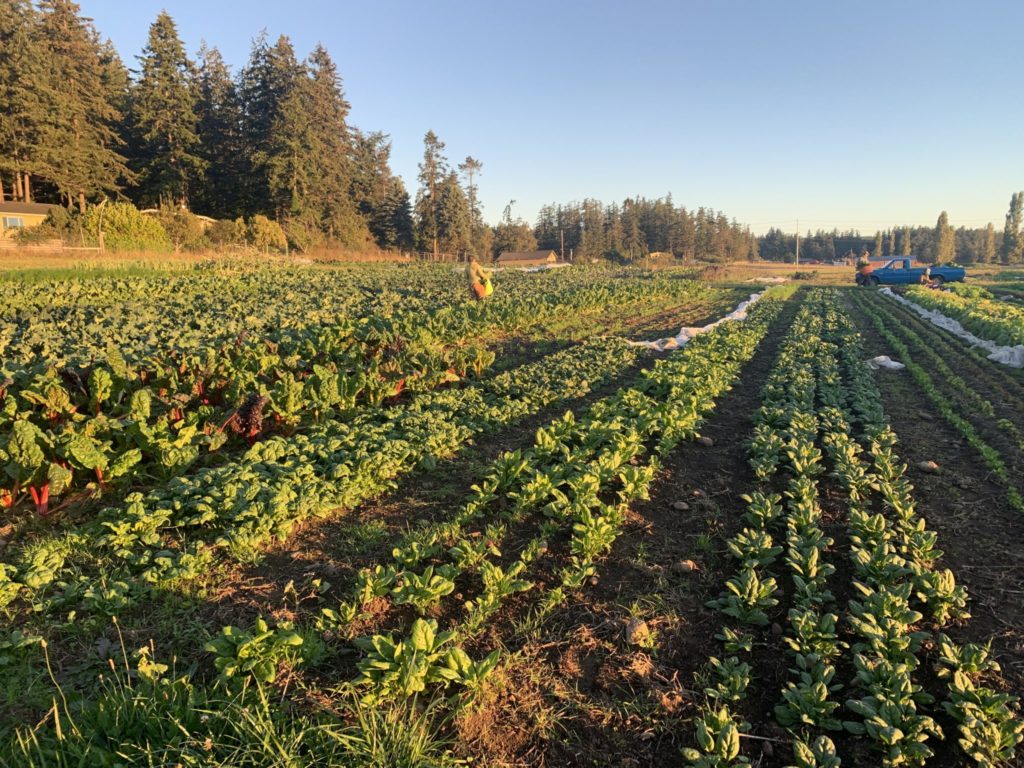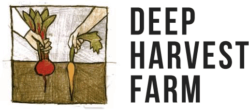Many of you already know this, but to some of you this may come as a surprise, so brace yourselves for some news. It might blow your mind…. You ready?? Ok… don’t say, I didn’t warn you… Here it comes — the Organic label is imperfect. Did I hear a gasp out there in the crowd? You, in the back, are you going to be ok? We’ll check back in on you in a little bit. So. Why do I speak such blasphemy? Well, my friends, let me tell you. Back in 1995, the National Organic Standards Board defined the term organic as “an ecological production management system that promotes and enhances biodiversity, biological cycles, and soil biological activity. It is based on minimal use of off-farm inputs and on management practices that restore, maintain, and enhance ecological harmony.” Sadly, in recent years, Big Ag has convinced the USDA to ignore the main element of what it means to be organic— the soil! Now input dependent hydroponic warehouses and confined animal operations are allowed under the label, leaving consumers in the dark regarding how and where their food was produced. The organic label still prevents the use of synthetic herbicides and pesticides and encourages at least some amount of crop rotation, thus providing customers more confidence in what they’re buying than unlabeled goods can. We still reach out for the organic products in the grocery when we can’t talk directly to the producer we’re buying from. However, all this watering down of “organic” has resulted in some new movements in the farming world that bring us soil lovers new energy and hope. One is the recently formed Real Organic Label, through which we are proud to be certified. It was started by organic farmers and advocates to push the National Organic Program back to its roots in the soil, but in the meantime serves to distinguish pasture-raised and soil-grown products from other organicgoods. It’s a small, but growing movement with a lot of sustainable ag thought leaders at its helm. The other thrilling move in the sustainable farming universe is one towards “regenerative” ag practices, which like the Real Organic folks, aim to tend and care for soil. The Regenerative Ag movement is working to address climate change by promoting farming practices that sink carbon back into the earth. These approaches include planting perennials, cover crops, limiting tillage, rotating animals, and increasing plant diversity. I’m sure Nathaniel will nerd out on all of this in greater detail in a future newsletter. For now, if you’re interested in learning more about regenerative ag, give the new, beautifully produced Netflix Documentary “Kiss the Ground” a gander. Woody Harrelson narrates through a compelling cast of real farm characters who aim to reverse climate change by restoring soil. It highlights a fellow named Gabe Brown who farms outside of my hometown of Bismarck, ND in such an innovative, soil-regenerating manner that he’s been named one of the 25 more influential ag leaders in the US (#NDpride!). This flick was stellar enough to get my ND teacher sister back into composting and to text me repeatedly, “I’m so inspired.” Aww. It’s worth 90 minutes of your time and the ideas it holds are worth all of us taking seriously. What are you waiting for? Get thee to Netflix! And then to your compost bin and beyond! |

